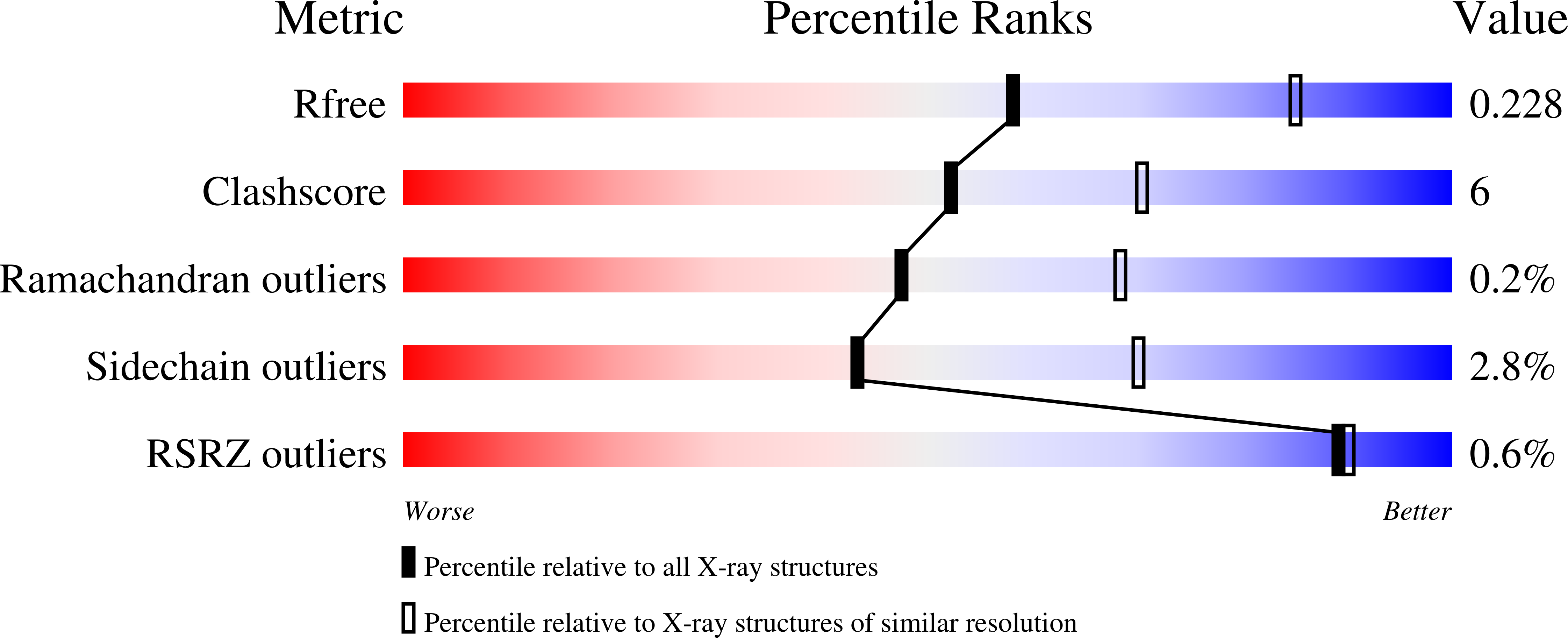
Deposition Date
2020-04-07
Release Date
2021-04-14
Last Version Date
2024-01-24
Method Details:
Experimental Method:
Resolution:
2.50 Å
R-Value Free:
0.22
R-Value Work:
0.18
R-Value Observed:
0.18
Space Group:
P 1 21 1


